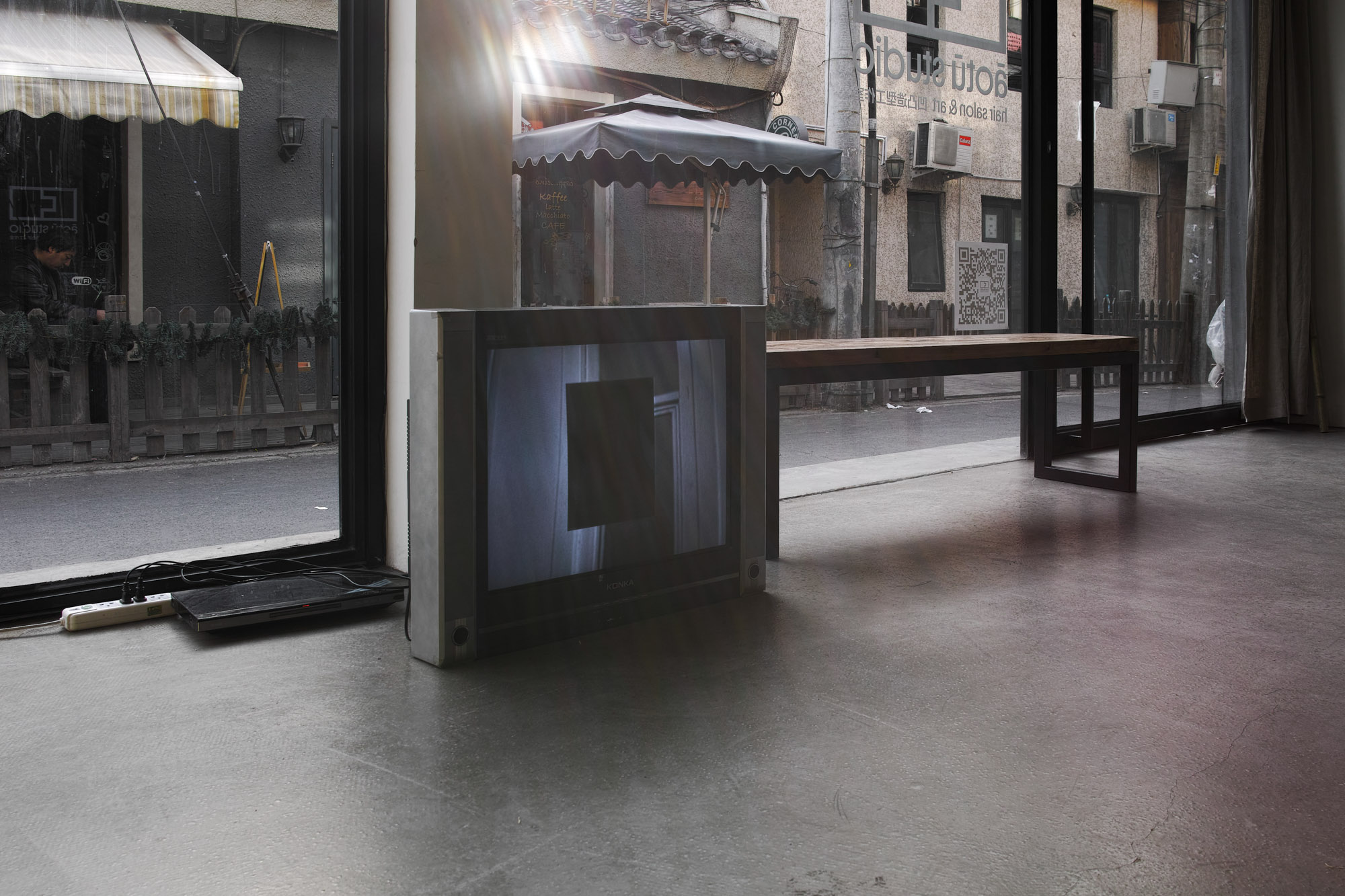
07–21.02.2015
H-A-L-F-A-M-A-N, AOTU, Beijing, CN
Jagrut Raval & Wolfgang Obermair
Opening: 07 Feb 2015, 5pm
„The reason is that the whole-part relation itself is deficient, ‚untrue‘ inasmuch as its concept and reality do not correspond. The concept of the whole is to contain; but if the whole is taken and made to be what its concept implies, i.e., a whole in contrast to its parts, then it is divided, then it ceases to be a whole“ (Hegel, Philosophy of Right)
The exhibition of Indian artist Jagrut Raval and German/Austrian artist Wolfgang Obermair targets the basic meaning of the term „sharing“. The German word ‘teilen’ (to put something in parts) and the Hindi word ‘Bhaag’ (a portion of the whole) – expresses both ‘share’ and ‘divide’. The ambilance in the word ‘Sharing’ connotes many meanings that touches upon social, military and geopolitical dimensions. A latent potential of aggression and frustration is ascribed to that term – it also depicts a ‘Loss’. To share something means to destroy the whole.
Jagrut Raval and Wolfgang Obermair are currently artists-in-residents at Red Gate Gallery, Beijjng.
OPERA BUFFA: DO WITH LESS; SO THEY ́LL
HAVE ENOUGH
tent poles, silicon, Cyanotypes
2015
The installation, characterized by its fragile tent-pole construction, serves as the backdrop for two narratives that revolve around objects and five cyanotypes. Both narratives delve into the enigma of the "locked room mystery," a literary topos rooted in the paradox of a closed system where seemingly impossible events unfold, often requiring an external impetus. The solution to such a riddle typically defies conventional logic, as exemplified in Edgar Allan Poe's "The Murders in the Rue Morgue" (1841), one of the earliest instances of this theme.
In this tale, the gruesome murders of two women are made possible by an orangutan gaining entry to the room through a supposedly closed window. Mimicking its master's actions, the orangutan decapitates one woman and strangles the other before stuffing her up the chimney. Aubrey Beardsley's renowned 1894 illustration of this story vividly captures not only the enclosed nature of the room but also reflects societal unease regarding the blurring boundaries between human and animal, influenced by Darwin's theories.
The fascination with the closed room and the primal instincts embodied by the orangutan symbolize the prevailing scientific ideologies of the time, notably Darwinism and positivism. The second narrative of the installation recounts a contemporary account involving a German art transport company imprisoned in China: “Each prisoner receives soap and a toothbrush, which has been shortened by half so that you cannot use it as a weapon.”
Whatever the reason for this practice, which is also widespread in other prisons, the breaking of an object that stands like no other for one’s own care and intimacy leads to a change in the habitual perception of reality in a precarious and hermetic situation. In the whole installation all five fingers of a hand are integrated in terms of a “drame surréaliste” (G. Apollinaire). The segmented hand is not just a superordinate construction principle but also indicates a mysterious action. What remains is the opening of the lock.






Wolfgang Obermair Dresdner Strasse 46/10 1200 Vienna / Austria